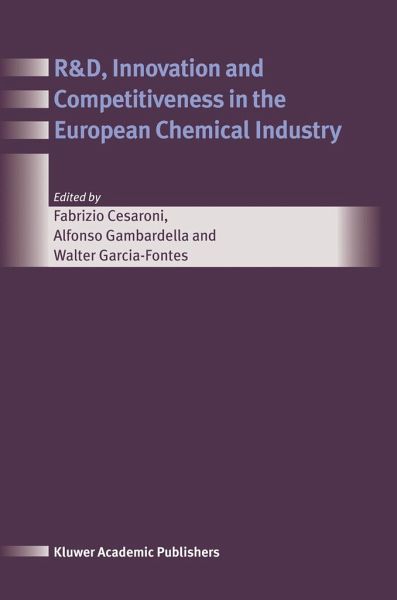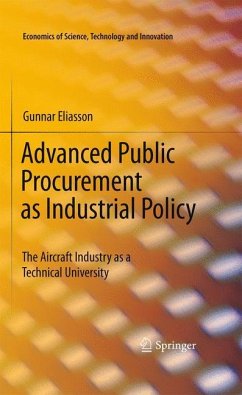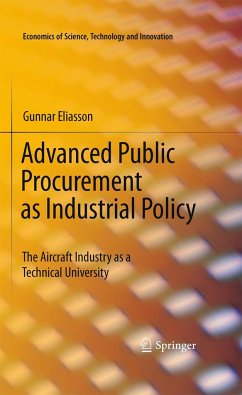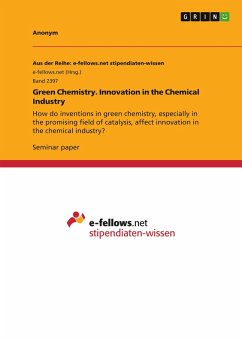Nicht lieferbar

R&d, Innovation and Competitiveness in the European Chemical Industry
Versandkostenfrei!
Nicht lieferbar
R&D, Innovation and Competitiveness in the European Chemical Industry explores the science & technology base and the dynamic performance of the European "system of innovation" in the chemical industry, with particular attention to its contribution to economic growth through innovation and competitiveness, and its ability to translate its research into commercially useful products. It also analyses the forces that encourage the diffusion of chemical innovations on downstream user industries and among large and small firms. The studies presented in this book represent an analysis of the issues a...
R&D, Innovation and Competitiveness in the European Chemical Industry explores the science & technology base and the dynamic performance of the European "system of innovation" in the chemical industry, with particular attention to its contribution to economic growth through innovation and competitiveness, and its ability to translate its research into commercially useful products. It also analyses the forces that encourage the diffusion of chemical innovations on downstream user industries and among large and small firms. The studies presented in this book represent an analysis of the issues and questions raised by the Green Paper on Innovation presented by the European Commission, for the specific case of the European chemical industry.
R&D, Innovation and Competitiveness in the European Chemical Industry will be of interest to industry and government experts related to the chemical industry, scholars; both faculty and graduate students interested in growth, corporate strategy and the management of innovation.
R&D, Innovation and Competitiveness in the European Chemical Industry will be of interest to industry and government experts related to the chemical industry, scholars; both faculty and graduate students interested in growth, corporate strategy and the management of innovation.











